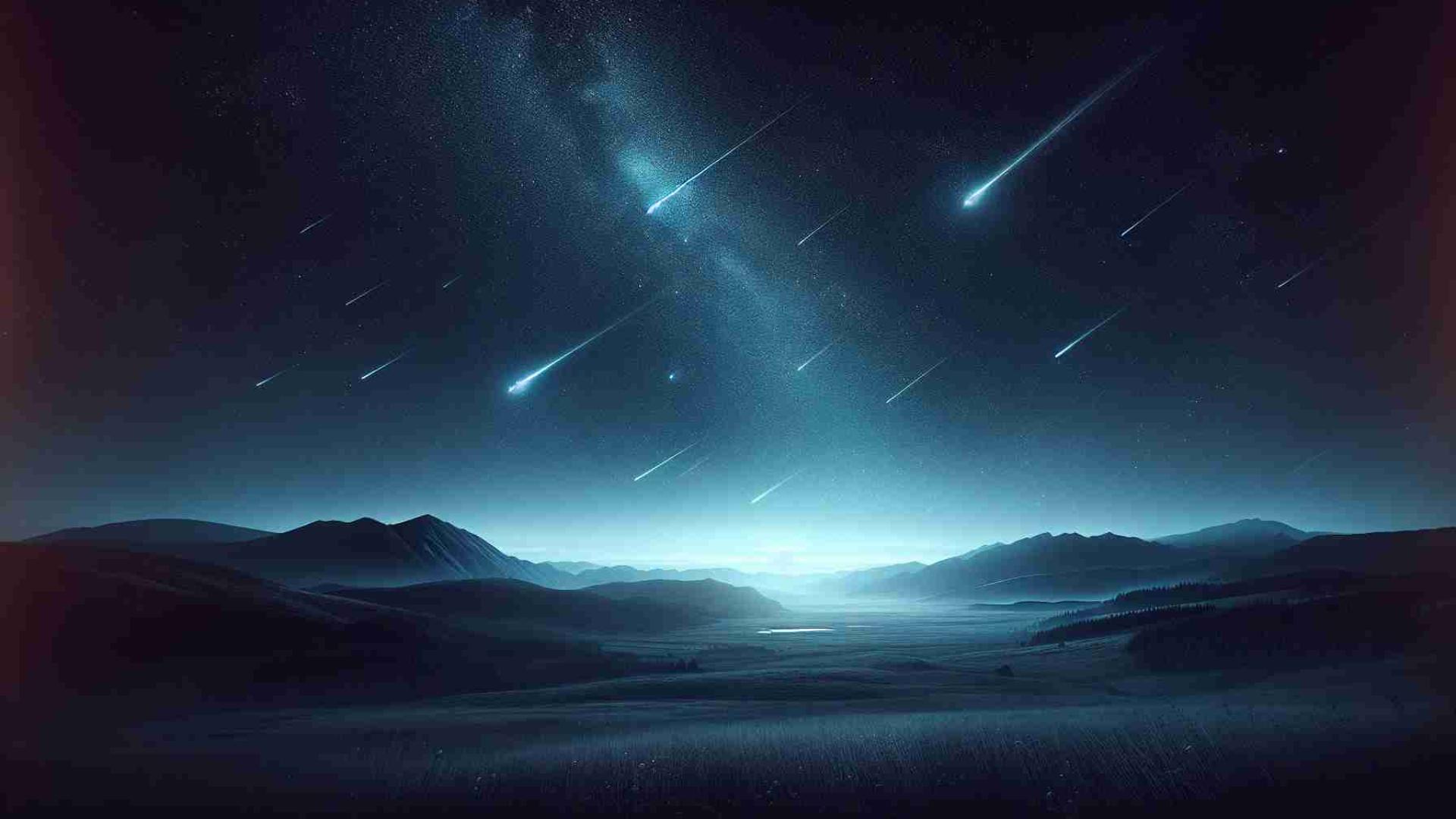In the vast expanse of the night sky, comets emerge as celestial wanderers, painting ephemeral strokes of brilliance as they streak across the cosmic canvas. These cosmic nomads, composed of ice, dust, and gases, captivate the imagination and wonder of sky gazers.
Join us on a celestial journey as we explore the mesmerizing phenomenon of comets streaking across the sky, delving into their origins, captivating appearances, and the celestial ballet they perform. stay with Spaceyv.
The Dance of Comets: Origins and Composition
Comet Composition:
- Icy Nuclei: Comets are composed of a nucleus of ice, frozen gases, dust, and organic compounds.
- Solar Wind Interaction: As comets approach the Sun, solar wind causes the release of gas and dust, creating a bright coma and a tail that points away from the Sun.
Origins in the Outer Reaches:
- Oort Cloud and Kuiper Belt: Most comets originate from the distant Oort Cloud and Kuiper Belt, reservoirs of icy bodies at the outskirts of the solar system.
- Dynamic Orbits: Comets follow highly elliptical orbits, bringing them close to the Sun during perihelion and then back to the outer reaches of the solar system.

Celestial Splendor: Witnessing Comets Streaking Across the Sky
1. Brightness Variability: Comets are known for their unpredictable brightness. Some comets blaze brilliantly, becoming visible to the naked eye, while others may require the aid of telescopes or binoculars. This variability adds an element of anticipation to the comet-watching experience.
2. Tail Illumination: The defining feature of a comet’s appearance is its luminous tail. As a comet approaches the Sun, solar radiation and the solar wind interact with the comet’s nucleus, causing the release of gas and dust. This radiant display creates a mesmerizing tail that points away from the Sun, often stretching across the night sky.
3. Memorable Comets in History: Certain comets etch themselves into the annals of celestial history, leaving an indelible mark on the collective memory of sky observers. Hale-Bopp, with its spectacular visibility in 1997, and the legendary Halley’s Comet, a periodic visitor with a rich historical legacy, stand out as celestial luminaries that have graced our night skies.
Memorable Comets in History:
- Hale-Bopp (1997): One of the most widely observed comets, visible to the naked eye for an extended period.
- Halley’s Comet: A periodic comet visible from Earth every 76 years, with a historical legacy dating back centuries.
Observing Comets: Tips for Sky Gazers
Binoculars and Telescopes:
- Use binoculars: Binoculars enhance the view of a comet’s nucleus, coma, and tail.
- Telescopic Observations: Telescopes allow for detailed observations of a comet’s features, offering a closer look at the celestial wanderer.
Dark Sky Locations:
- Avoid Light Pollution: Opt for observation sites away from city lights to ensure a clearer view of the night sky.
- Perseverance Pays Off: Some comets may require patience and multiple observations to witness their full splendor.
Suggested Contents:
Comets in Culture: Symbolism and Impact
Historical Significance:
- Omens and Myths: Throughout history, comets were often seen as omens, with their appearances influencing cultural beliefs and myths.
- Scientific Insights: The study of comets has provided valuable insights into the early solar system’s conditions and composition.
Conclusion: Celestial Ballet in the Night Sky
As comets streak across the night sky, they leave a celestial imprint on our collective consciousness—a reminder of the dynamic and ever-changing nature of our cosmic neighborhood.
From their icy abodes in the outer reaches to the luminous displays witnessed from Earth, comets invite us to gaze upward in awe. As celestial wanderers, they weave a narrative that transcends time, connecting us to the wonders of the universe and inspiring the eternal pursuit of understanding the mysteries that unfold in the night sky. Thanks for staying with Spaceyv.
Source :
https://www.nasa.gov/



